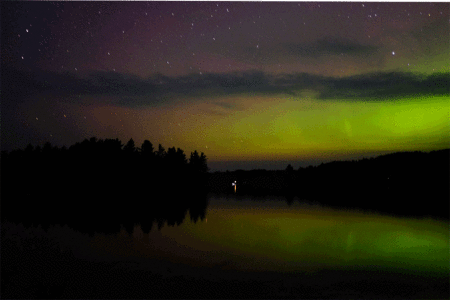When the Yankee subs were the best the Soviet Union had, nearly every one sent within range of the United States had been in the line of fire of U.S. subs shadowing behind. If war had broken out, those subs could have sunk the Soviet boomers before they ever fired. Then, if both sides ever launched their land-based ICBMs, only the United States would have been left with a second-strike capability tucked away in the oceans. This was the edge that the Navy had been preparing for ever since Whitey Mach first rode bronc on the Lapon. But the strategy relied on three things: that the Soviet subs remained relatively noisy; that they never realized how often they were being followed; and that they continued to patrol in open seas where they could be trailed in the first place.
…
Still, any strategy that allowed for even a few missile subs to fire at U.S. targets was a far cry from the days when most of the Soviet Yankees traveled the seas with unknown and lethal shadows that could prevent them from shooting at all. And for intelligence officials, it was a huge relief to realize that the Soviets were not readying to use their improved position [in 1984] to start a war.
Sontag, Sherry and Christopher Drew. Blind Man’s Bluff: The Untold Story of American Submarine Espionage. PublicAffairs; New York. 1998. p. 210, 247 (hardcover)



